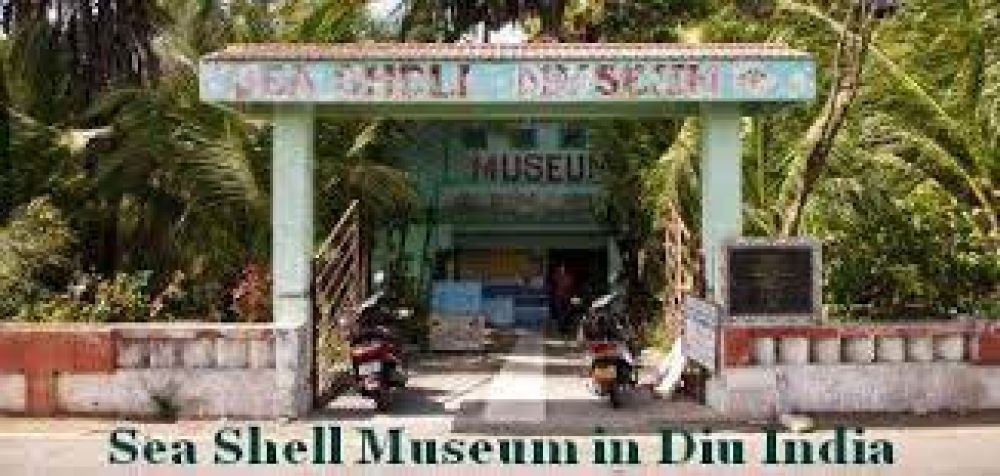

The Shell Museum in Diu, situated in Gujarat, India, is a unique destination for tourists with a penchant for marine life and natural history. The museum, established by the passionate efforts of a merchant navy Captain, Devjibhai Vira Fulbaria, showcases a vast collection of shells from all over the world, making it a place of intrigue for both tourists and researchers alike.
The idea for the Shell Museum stemmed from Captain Fulbaria's hobby of collecting shells during his voyages at sea. His personal collection grew over the years, and eventually, he decided to share this treasure trove with the public. The museum was officially inaugurated in the late 20th century and has since become a cornerstone of Diu's tourist attractions.
Over the years, the museum has meticulously cataloged and displayed an erudite collection of shells, with every piece telling its story of the mystical underwater world. The initiative to open such a museum was a forward-thinking step, intended to offer educational insight as well as recreational interest to visitors, making it one of the first of its kind in the region.
Tourism in Diu has traditionally been centered around its serene beaches, blissful climate, and historical landmarks including ancient forts and colonial Portuguese architecture. The Shell Museum added another layer to Diu's rich tourist tapestry. Visitors to the Shell Museum can explore over 2500 types of shells, some of which are remarkably rare and offer a glimpse into the diversity of marine life.
In recent times, with the rise of sustainable and educational tourism, destinations like the Shell Museum have gained popularity among discerning travelers. There is a growing trend where tourists increasingly seek out experiences that offer more than just recreational activity; they look for educational value, cultural immersion, and environmentally conscious activities. Diu, with its Shell Museum, caters well to this trend by providing a conservation-centric attraction that educates visitors on marine biodiversity.
Furthermore, advancements in digital technology and social media have influenced the way tourists perceive and visit such attractions. The museum's team has embraced these technologies to increase its visibility and appeal to a tech-savvy audience through virtual tours and insightful online content.
Looking ahead, the tourism sector is adapting to global standards and preferences, and the Shell Museum is no exception. Efforts are consistently made to enhance the visitor experience through interactive displays, educational programs, and collaborative efforts with conservation groups. The museum stands as an exemplary model showcasing how niche attractions can thrive and contribute significantly to the local economy while educating the public and preserving the natural world.
As tourism evolves, contributing to the economy and culture of Diu, the Shell Museum continues to be a vital part of the narrative, inviting tourists to experience the enchanting world of shells and the marine ecosystem it reflects.